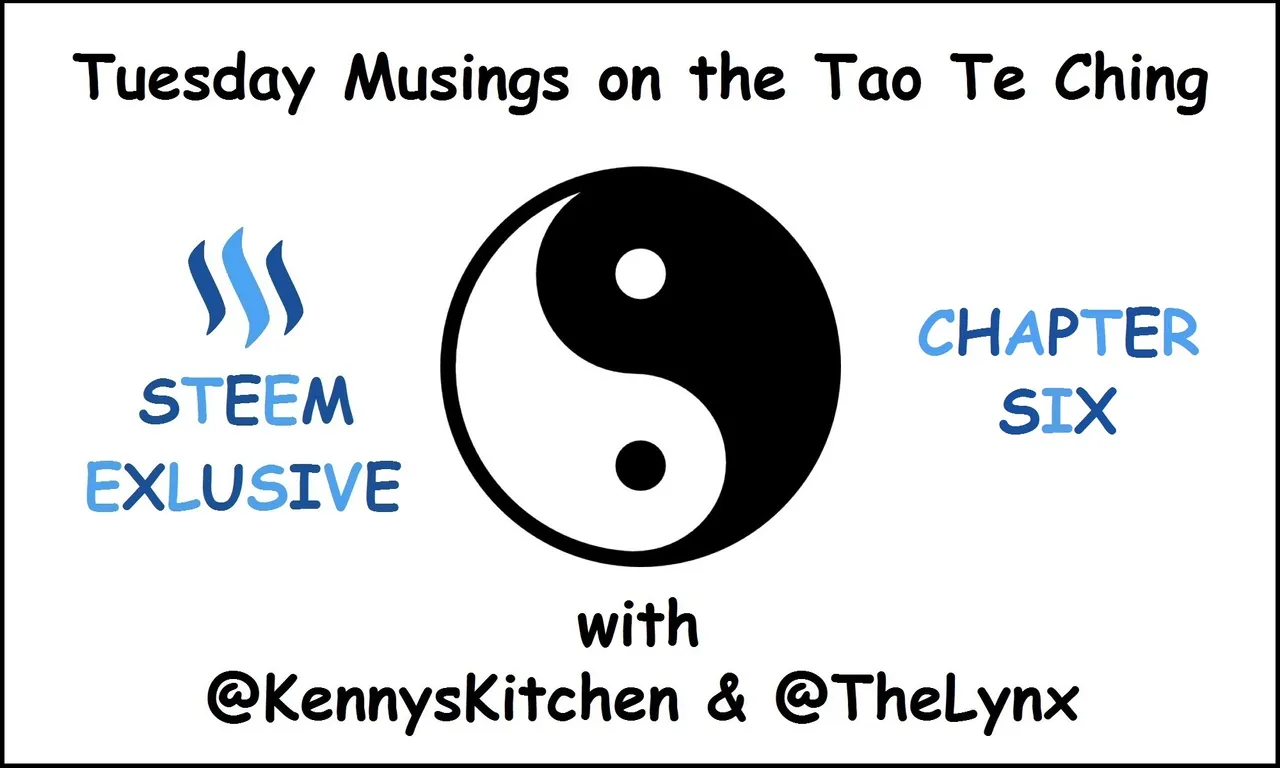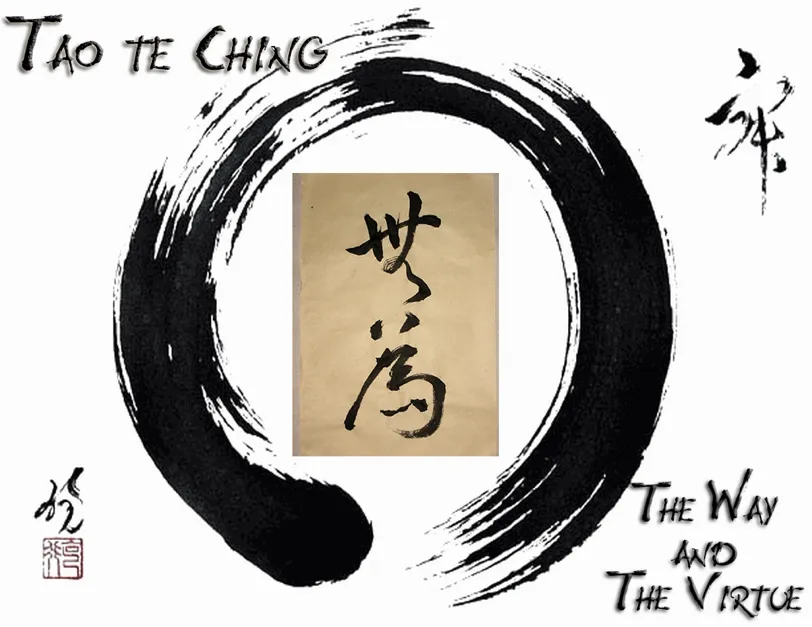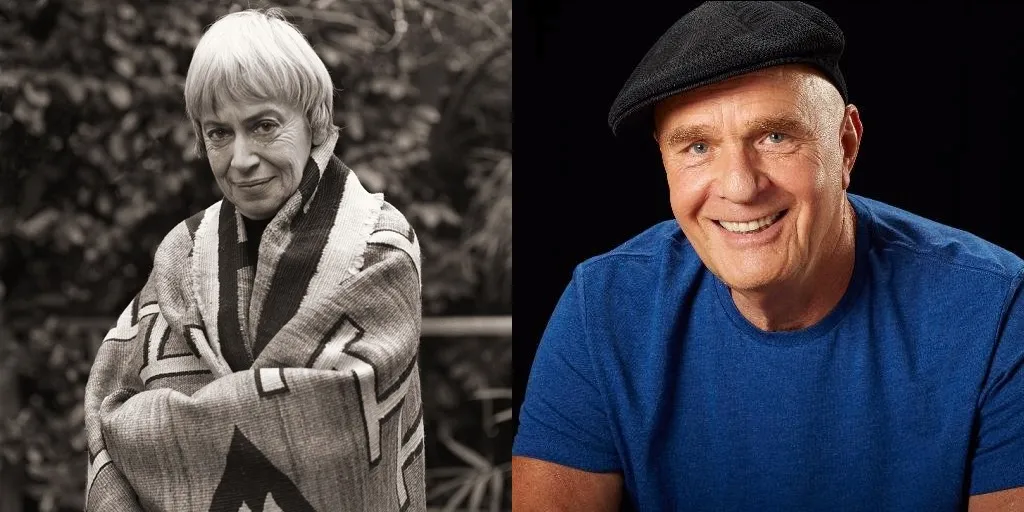
Welcome to the sixth installment of Tuesday Musings on the Tao Te Ching, a weekly series where my partner @TheLynx & I take a look at the Tao Te Ching (pronounced "Dao/Dow De/Day Jing"), one chapter at a time.
The Tao Te Ching was written by Laozi/Lao Tzu at least 2400 years ago. Although there are certainly a wide variety of texts and teachers that have come together to form the basis of modern Taoism, the original Tao Te Ching is central. It's been translated hundreds of times, and it is certainly one of the most influential spiritual texts of modern humanity.
To be perfectly clear, neither of us is an "expert" on the Tao, or even consider ourselves Taoist, and we are not trying to come across as any sort of authority figures. Just two humans meditating on the text and sharing what comes up for us, hopefully starting a conversation with you folks!
The most difficult part of setting this up is picking which translation of the Tao Te Ching to use, since obviously it wasn't written in English, and we can't read classical (or any other version) of Chinese. We've finally settled on using just 9 different translations for each chapter. 7 of them (and the original Chinese) will be included as a screenshot (from 2 sites that each offer a variety), while the other two will be included as quotes in the text body of the posts.
- YellowBridge - Original Chinese & 3 translations:
- TranslationComparison - 4 translations:
- DC Lau (1964)
- Ursula K. Le Guin (1997)
Previous Chapters

Chapter 6
The spirit of the valley never dies.
This is called the mysterious female.
The gateway of the mysterious female
Is called the root of heaven and earth.
Dimly visible, it seems as if it were there,
Yet use will never drain it.
The valley spirit never dies.
Call it the mystery, the woman.The mystery,
the Door of the Woman,
is the root
of earth and heaven.Forever this endures, forever.
And all its uses are easy.


My Thoughts/Reflections/Insights
It seems as though the references to valley match up with those to emptiness, which I guess makes sense as a valley is relatively empty, at least compared to a forest or a mountain range. The spirit of that valley (or of perennial spring as Goddard put it), is the woman, the mystery. At this point, the connection doesn't seem to make a whole lot of sense.
Moving to the next line though, the door/gate of the woman is the root of heaven & earth, "gives birth to infinite worlds", is the source. With this additional context, the reference to the Tao, to that which leads to creation, as a female becomes more clear. The valley is the womb of the Universe, and through the doorway of that valley, all is born.
We may not see the Tao, but it is always there. No matter how much is created or destroyed, the underlying foundation of reality remains. Finally, the idea of Wu Wei returns, effortlessness being the key to using the Tao.
Overall, this chapter feels very similar chapters 1, 4, and 5, focusing on the intangibility of the Tao, and its absolute necessity for the existence of all that is. The themes of endless flowing and easeful, effortless use return again as well, and certainly resonate with my understanding of the Law of Attraction, which seems more and more like another name for the Tao.
Thoughts/Reflections/Insights from @TheLynx
So often when things are thought of as female in the culture I was raised in, it's because they are objectively useful or beautiful: a boat, a car, an instrument. In this Chapter the Tao is described as female for its vastness, darkness, mystery, and depth, as well as its endless fertility.
Multiple translations of this chapter refer to the passivity of the Tao, suggesting that in order to use and embody the Tao we must also be yielding and receptive. Yet the primordial female is vibrant and active as well: ever issuing, ever nurturing, ever living, forever enduring.
Derek Lin interprets:
[T]here is one chapter (chapter 6) specifically devoted to the Mystic Female — the universal feminine energy — while its masculine complement is not addressed anywhere in the Tao Te Ching.
This doesn’t mean the ancient Chinese were into male bashing. What it does mean is that they observed the world from an impartial, objective perspective, and came to the realization that the miracle of life could only occur through women. We simply do not live in a universe where male and female creatures share in the task of giving birth equally. Therefore, it must be true that women possess a certain divine power that men do not. This is a stark realization that deals with reality exactly as it is.

Thoughts/Reflections/Insights from Ursula K. Le Guin
After @TheLynx & I each sit with the chapter of the week and write our own reflections & insights, I'm going to include here the comments that Ursula added to her translation of the Tao. If you aren't familiar with Le Guin, I highly recommend reading any & all of her content that you can find :-) She's a wise, inspirational, curious, and delightful author of science fiction, fantasy, poetry, and much more!
For this particular chapter, Ursula didn't make any notes..
Affirmation by Dr. Wayne Dyer
The final piece of our piece on each chapter of the Tao is an affirmation, written by Dr. Wayne Dyer, and featured in his book: Living the Wisdom of the Tao. Dyer was one of the foremost names in self-development, having published well over 30 books, as well as guided meditations, and many more useful tools for transformation.
I pay attention
to my inner callings
and apply my
own uniqueness
to everything
I undertake.

Join the conversation!
Here's the part where we hear from you! If you have anything that you want to add to the conversation, please hop down to the comments section. By reflecting & synthesizing together, we can all help move forward human consciousness, and that is a pretty fun thing!
Image Sources
YellowBridge Translations
TTC Translations
Le Guin
Dyer
Conversation

If you enjoyed this, you may enjoy some of these highlights of my blog:


